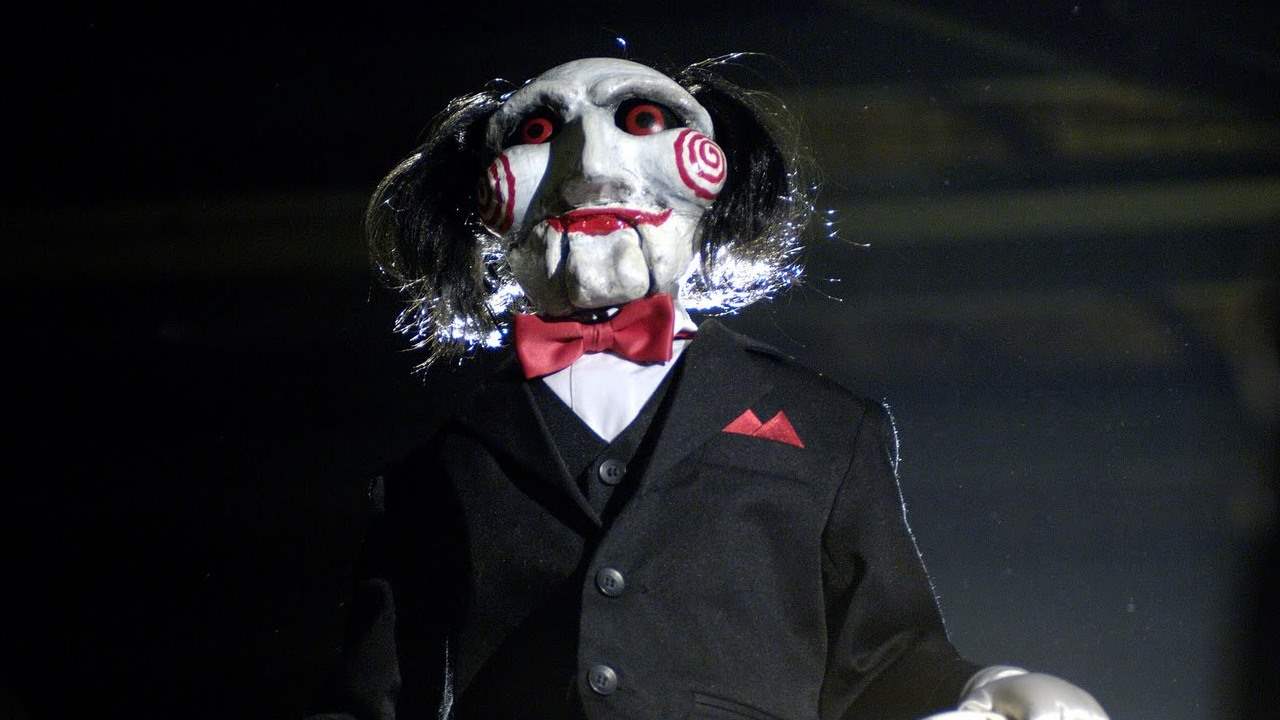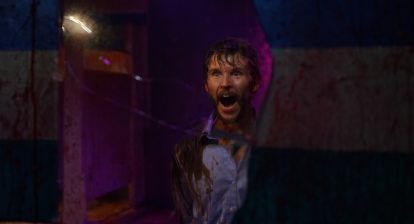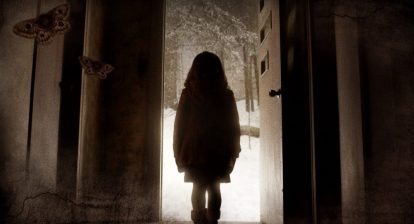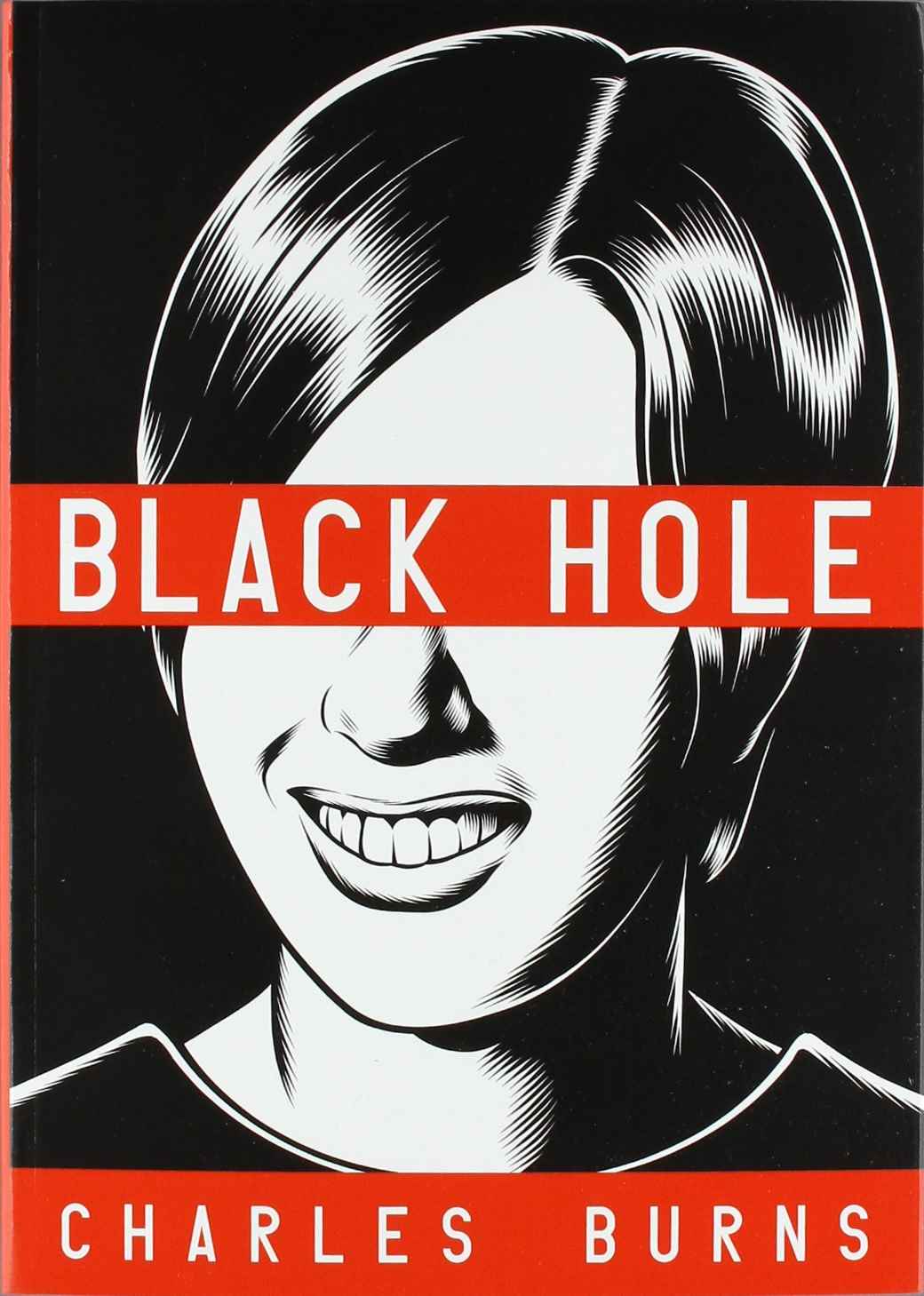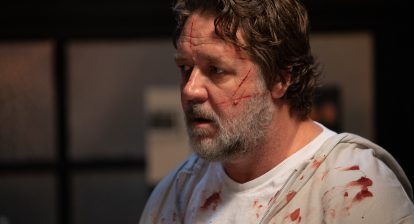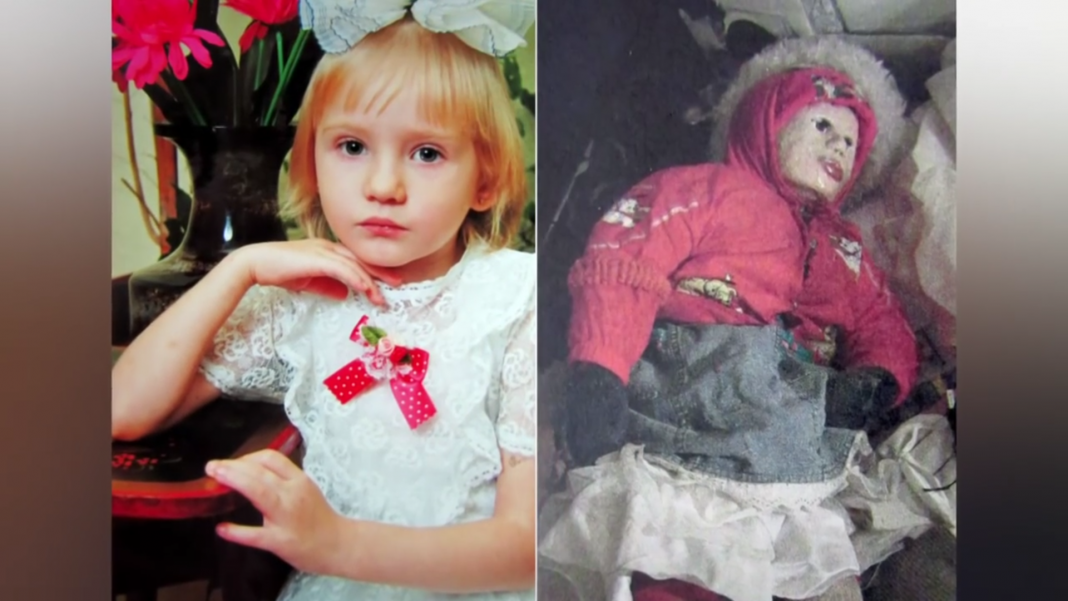I never thought I would find myself writing about Saw. As time went on, though, I got to a point where I couldn’t quite remember why that was. What was my problem with it? After a decade of dismissal, I didn’t know anymore. I had rented the film when it was released on video in 2004 and I had enjoyed it then. It was probably one of the last things I ever rented. I even remembered enjoying the first sequel.
But before I knew it, I couldn’t care less. I didn’t see half the sequels, I didn’t get caught up in the hype. I think that helps pinpoint the problem, though. Look how long it took me, after just bringing up the name Saw, to talk about the sequels. That seems to be how most people discuss it, for the most part. And it’s strange. I don’t talk about Halloween: Resurrection every time I discuss John Carpenter’s Halloween. Freddy’s Dead doesn’t come up every time I think about A Nightmare on Elm Street. In the second half of the previous decade, Saw was unavoidable. It was, no pun intended, trapped by the franchise it had created.
 It was not until very recently that I found myself thinking about the success of writer Leigh Whannell and director James Wan that I realized they must have done something right. I realized that every time I thought about Saw, I thought about this oversaturated, torture-driven franchise. But I wasn’t thinking about Saw the film. That was when it hit me that I hadn’t thought of Saw as a film since I had first seen it in 2004.
It was not until very recently that I found myself thinking about the success of writer Leigh Whannell and director James Wan that I realized they must have done something right. I realized that every time I thought about Saw, I thought about this oversaturated, torture-driven franchise. But I wasn’t thinking about Saw the film. That was when it hit me that I hadn’t thought of Saw as a film since I had first seen it in 2004.
That, more than anything, was what led me to go back and rewatch it. I always like to give movies the benefit of the doubt. I don’t enjoy not enjoying things. So it was time to crack open the $3 DVD I’d picked up in the checkout line at Wallgreen’s and give it another shot. To look at it as a film and not just as a cultural phenomenon.
The first thing that hit me almost immediately was the fact that this was not a torture flick It inspired them, of course, dozens of true torture flicks were made in Saw’s wake. But the original doesn’t fit that description at all. In fact, while I don’t love to throw around the term “psychological thriller,” that’s exactly what Saw is. It is the most straightforward, honest psychological thriller since David Fincher’s Seven. It shares more in common with that feature than probably any other I can think of. Except Seven was big. Seven had Brad Pitt, Morgan Freeman, and Gweneth Paltrow.
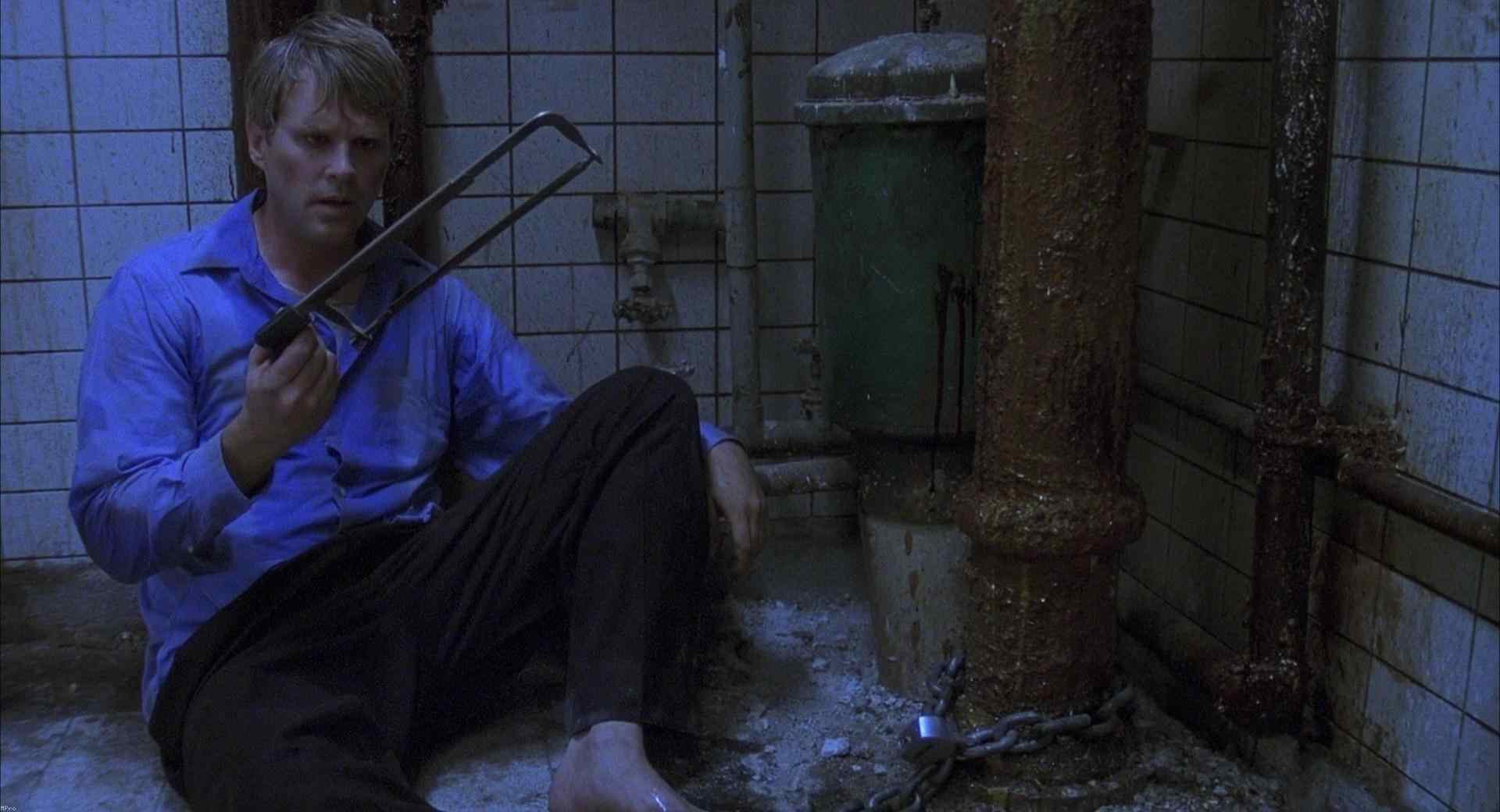 My favorite thing about Saw is that it is such a small film. There are flashbacks, sure, and it could even have gotten away with less of them, but the bulk of the picture centers around two people trapped in a room together. Those people are who and what the story is really about. It’s an isolated and suspenseful piece. And just because it is a psychological thriller does not mean that it isn’t a horror movie at the same time. Too many people mistake those as being mutually exclusive things. But Saw is absolutely a horror picture.
My favorite thing about Saw is that it is such a small film. There are flashbacks, sure, and it could even have gotten away with less of them, but the bulk of the picture centers around two people trapped in a room together. Those people are who and what the story is really about. It’s an isolated and suspenseful piece. And just because it is a psychological thriller does not mean that it isn’t a horror movie at the same time. Too many people mistake those as being mutually exclusive things. But Saw is absolutely a horror picture.
I also enjoyed how my least favorite aspects of the sequels—the traps—were really underplayed in the first. You almost never actually see them in use. Again, like Seven, most of them are shown through discovering the crime scene. You barely see any of it. In most of the sequels, the traps were the story. They were everything.
There’s a great cast as well. Cary Elwes and Danny Glover have always been two of my favorite actors, but I think Leigh Whannell’s performance is really underrated. One, it’s a stroke of genius for a screenwriter to cast themselves in their work. Because, generally, the producers and director can’t get the writer off the set fast enough. But good luck trying to do that when he’s in the shot. From a filmmaking perspective, it’s a great idea. And he does a good job. His character is crucial to the overall story arc and requires a poker face that he manages to keep up as an actor.
Saw is a fine little movie. It’s not the best of the decade, I don’t think, but a movie doesn’t have to be the best to be good. This was an exercise in looking at the film on its own, and as such it holds up surprisingly well. It’s intense, but restrained at the same time. And nobody saw the ending coming.
Maybe the original feature can find a new audience now that it’s been some time since the franchise came to a close. It worked for me and I think others who were put off when it was the biggest name in the genre can go back now and find themselves pleasantly surprised.
